By Doug Peckenpaugh, Publisher
PUBLISHER'S NOTE
Foundational sustainability
Advancing dairy innovation through efficient — and ingenious — membrane technology processes.
Photo courtesy of kazuma seki via gettyimages.com.
Each year, Dairy Foods and the American Dairy Products Institute (ADPI) host the Membrane Technology Forum, an event that serves as a research update from the network of agencies, associations, suppliers and producers engaged in the dynamic field of membrane filtration and separation, including microfiltration, ultrafiltration, nanofiltration, reverse osmosis, forward osmosis, etc. Membrane systems factor into production of a wide range of dairy products, from milk to cheese and yogurt — including lactose-free options — as well as core dairy ingredients like whey protein.
The late Tom Imbordino, a previous publisher of Dairy Foods (and one of my early mentors at our parent company BNP Media), saw an industry need for an annual event to showcase these technologies, to share research findings and practical scientific intelligence to help advance the industry, when he first partnered with ADPI to run the Membrane Technology Forum. Over the ensuing years, membrane technologies have only grown more tightly intertwined with essential dairy processes.

With nearly 30 years in food publishing, Doug Peckenpaugh’s areas of focus include dairy, meat and poultry, snacks and baked goods, candy and confectionery, and packaging. His broad-based perspective provides distinctive and valuable context to BNP Media’s informative brands.
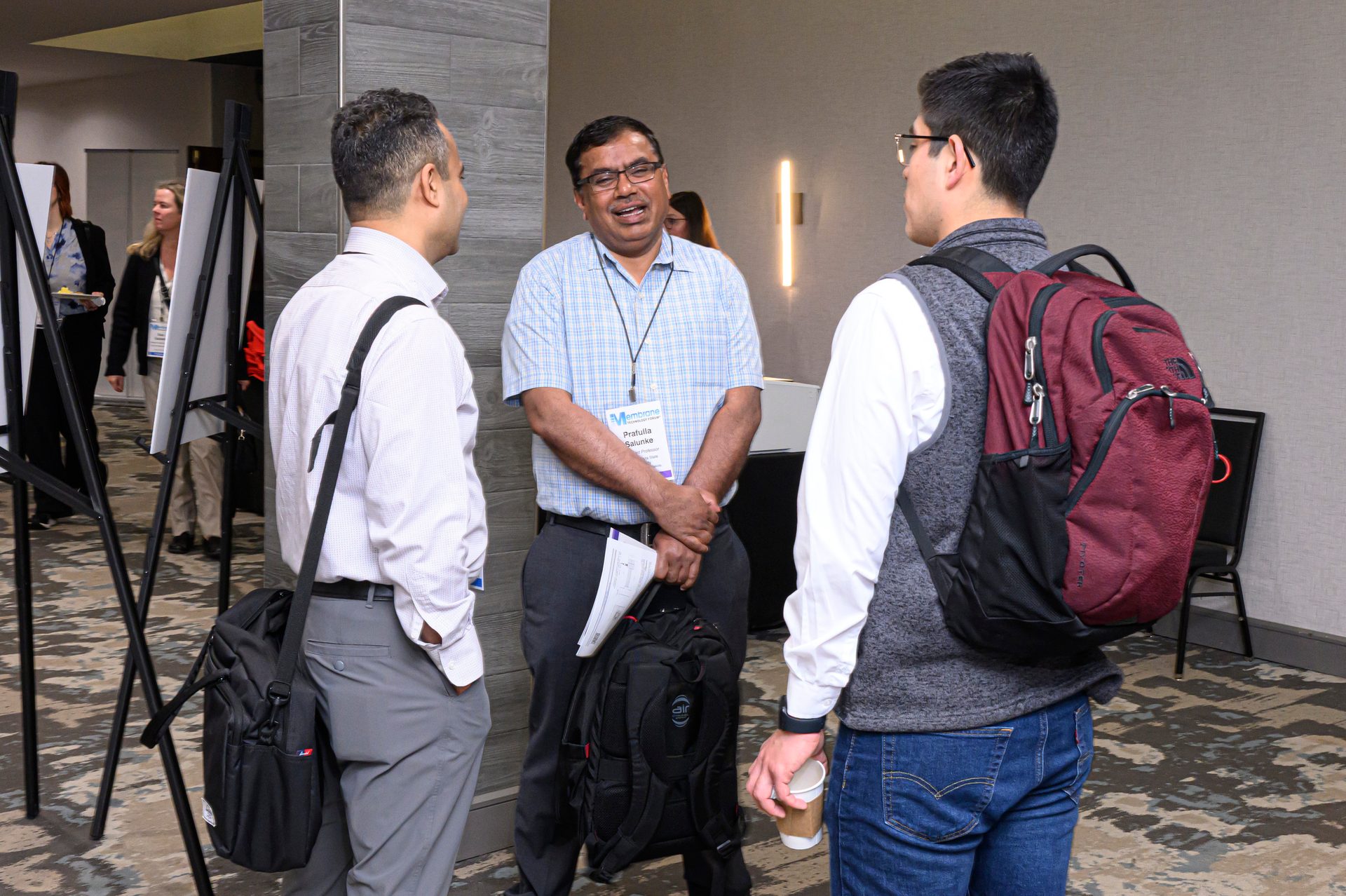
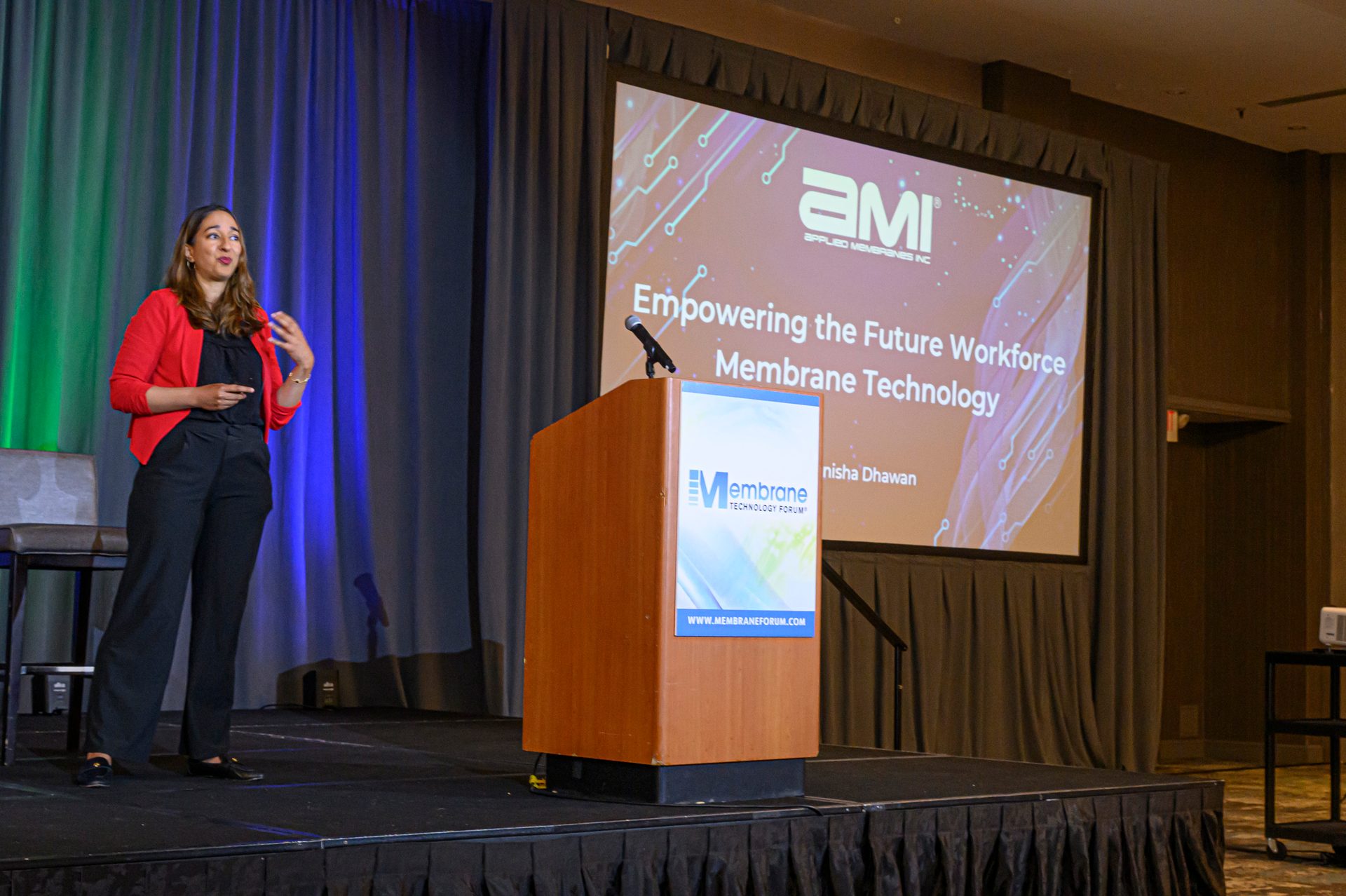
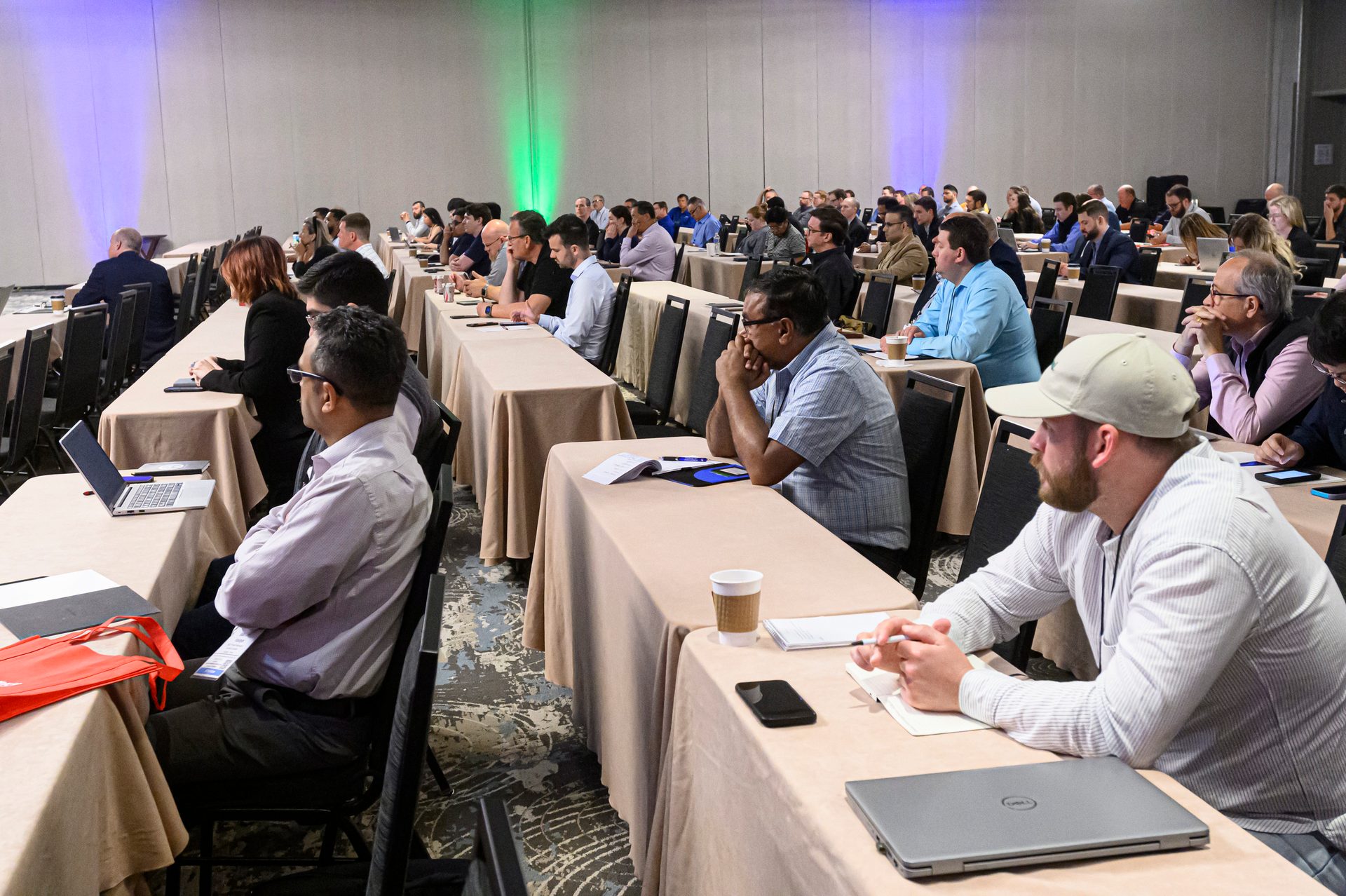
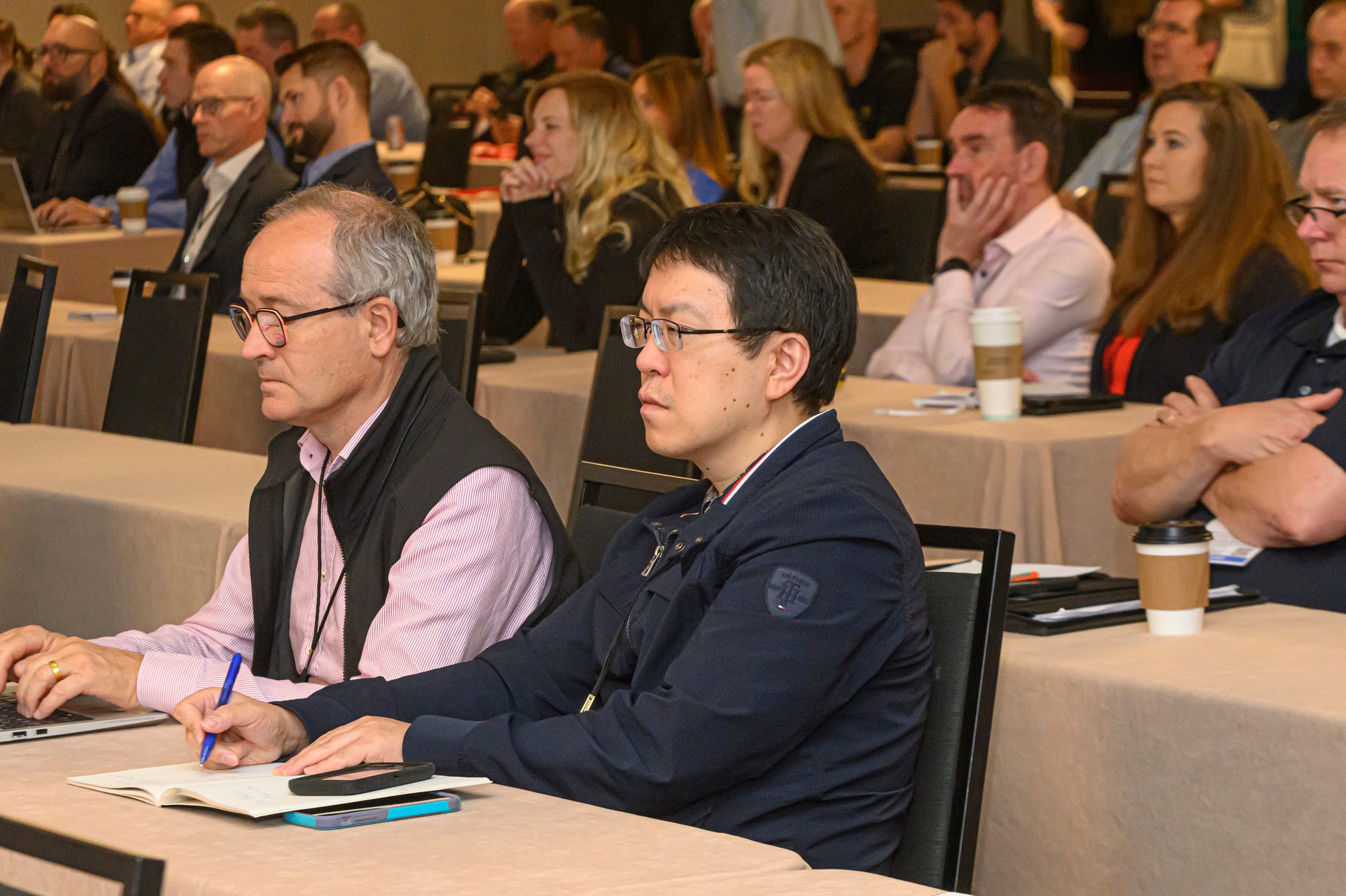
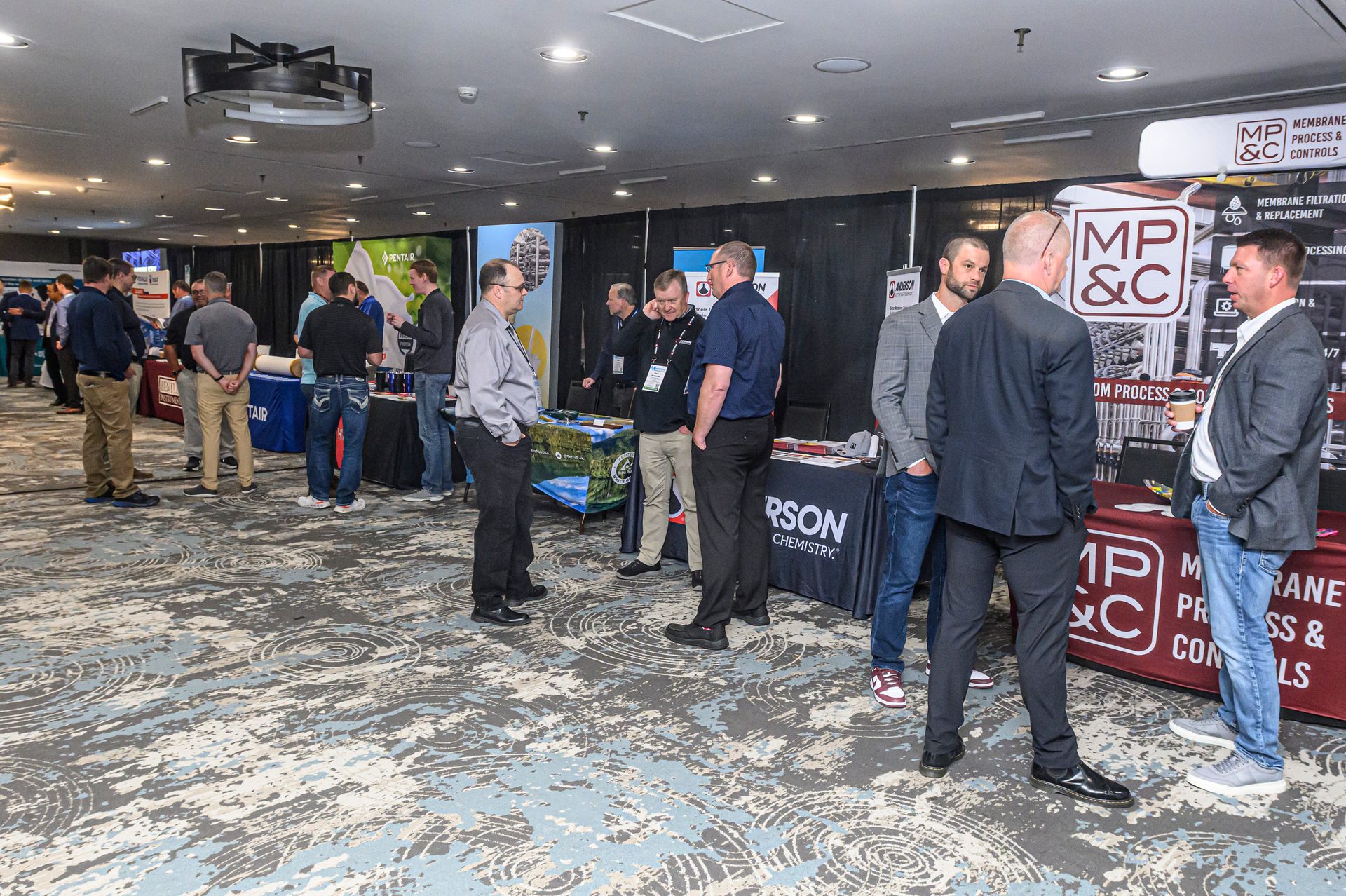
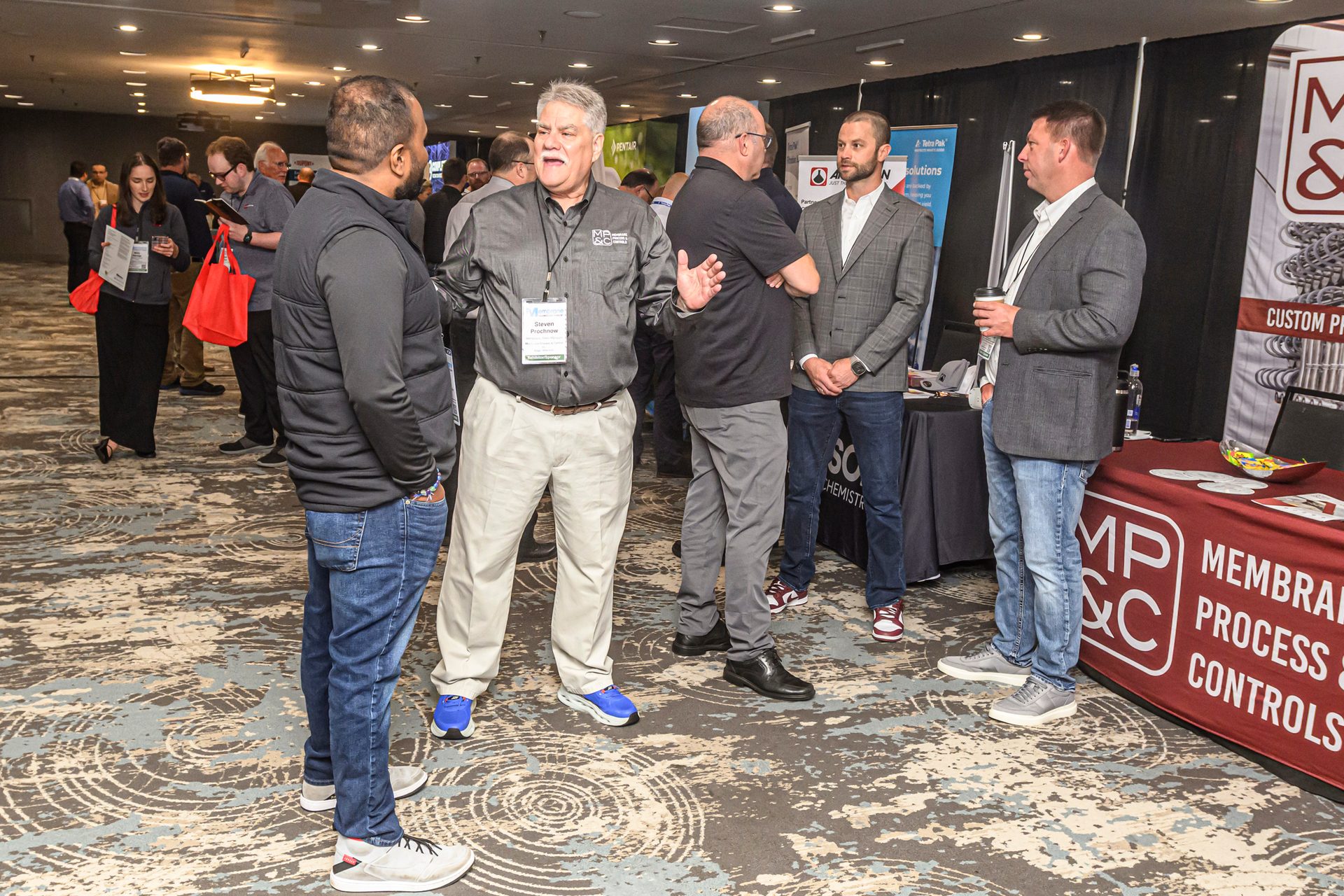
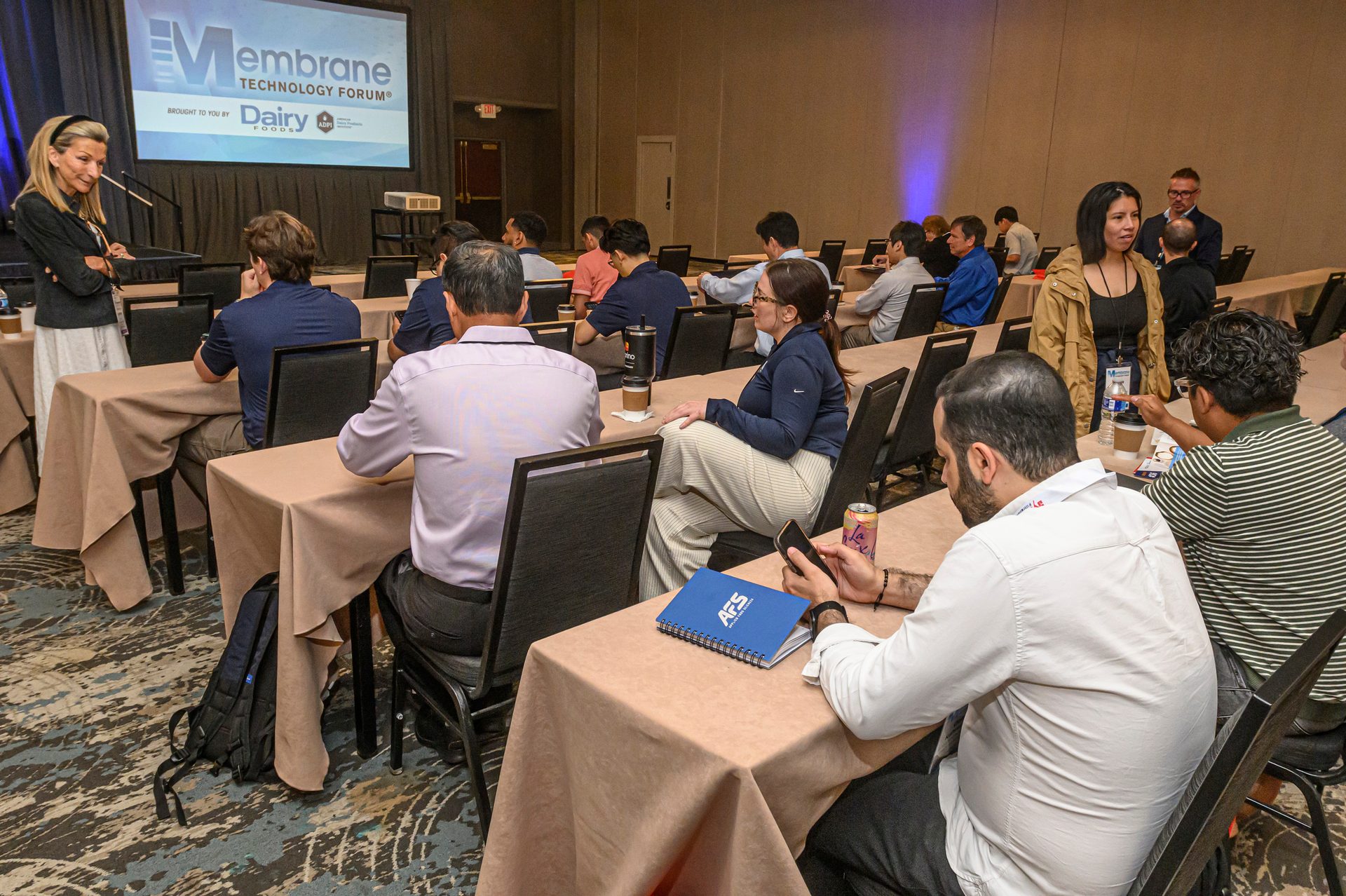
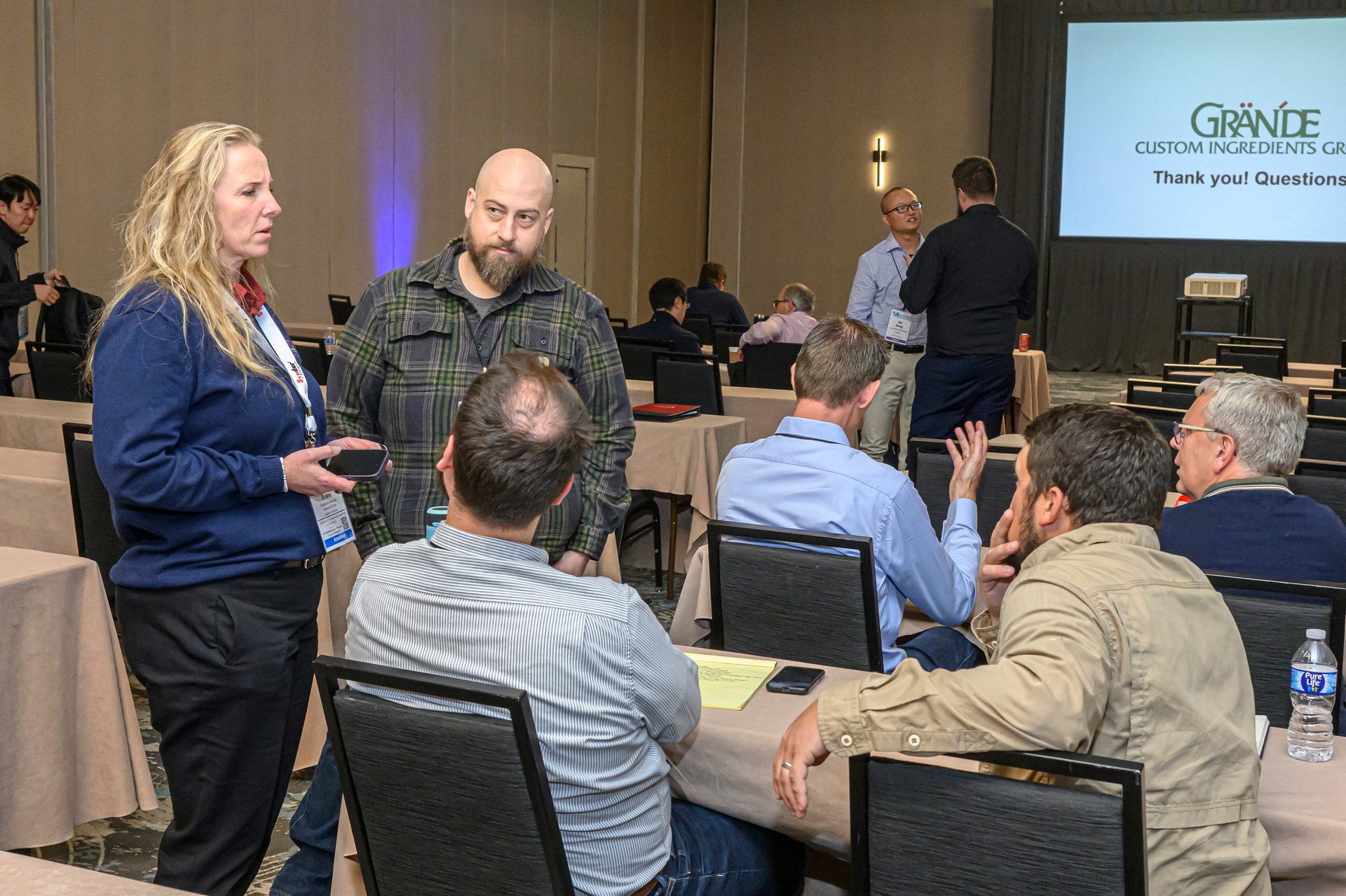
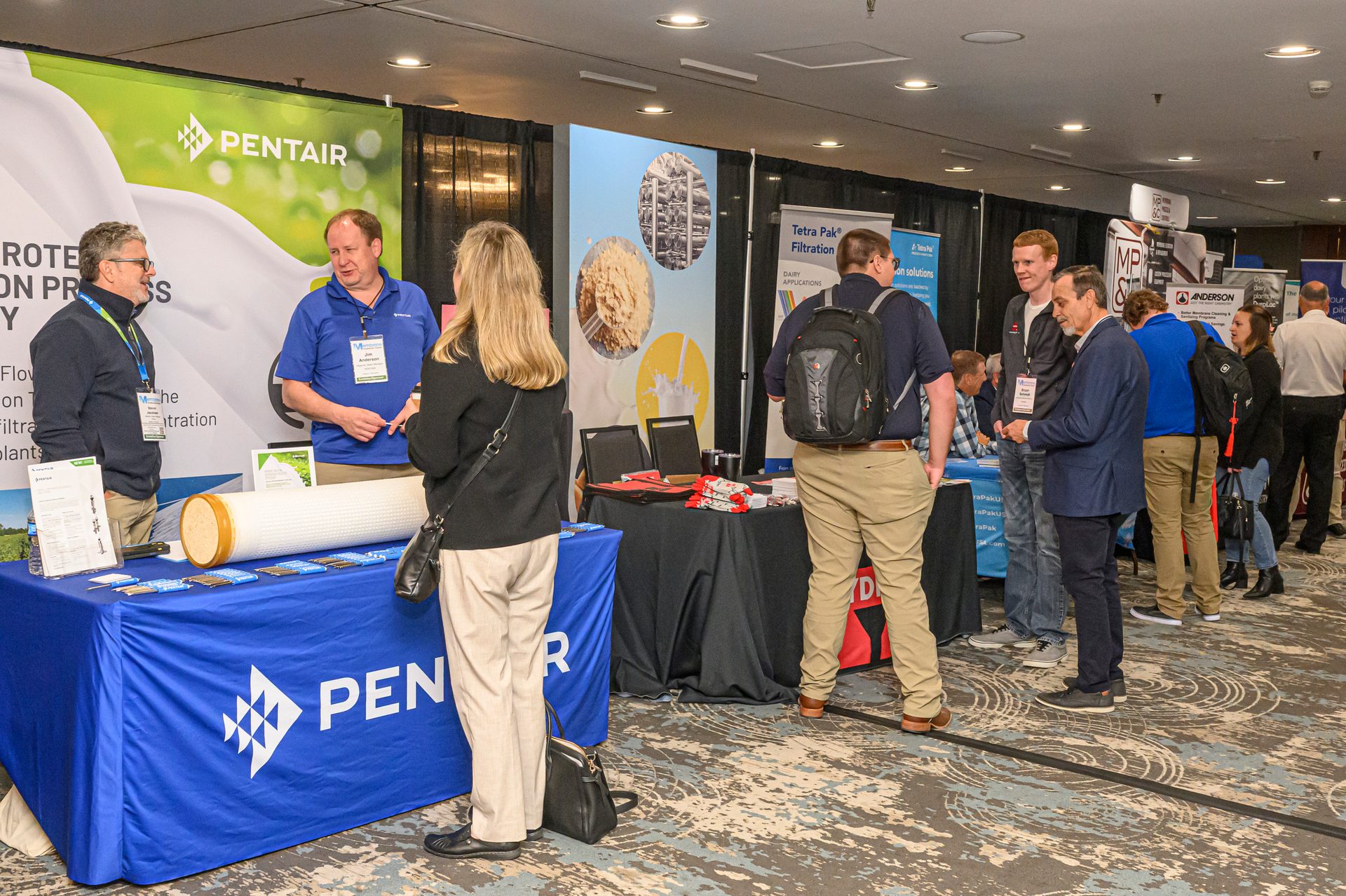
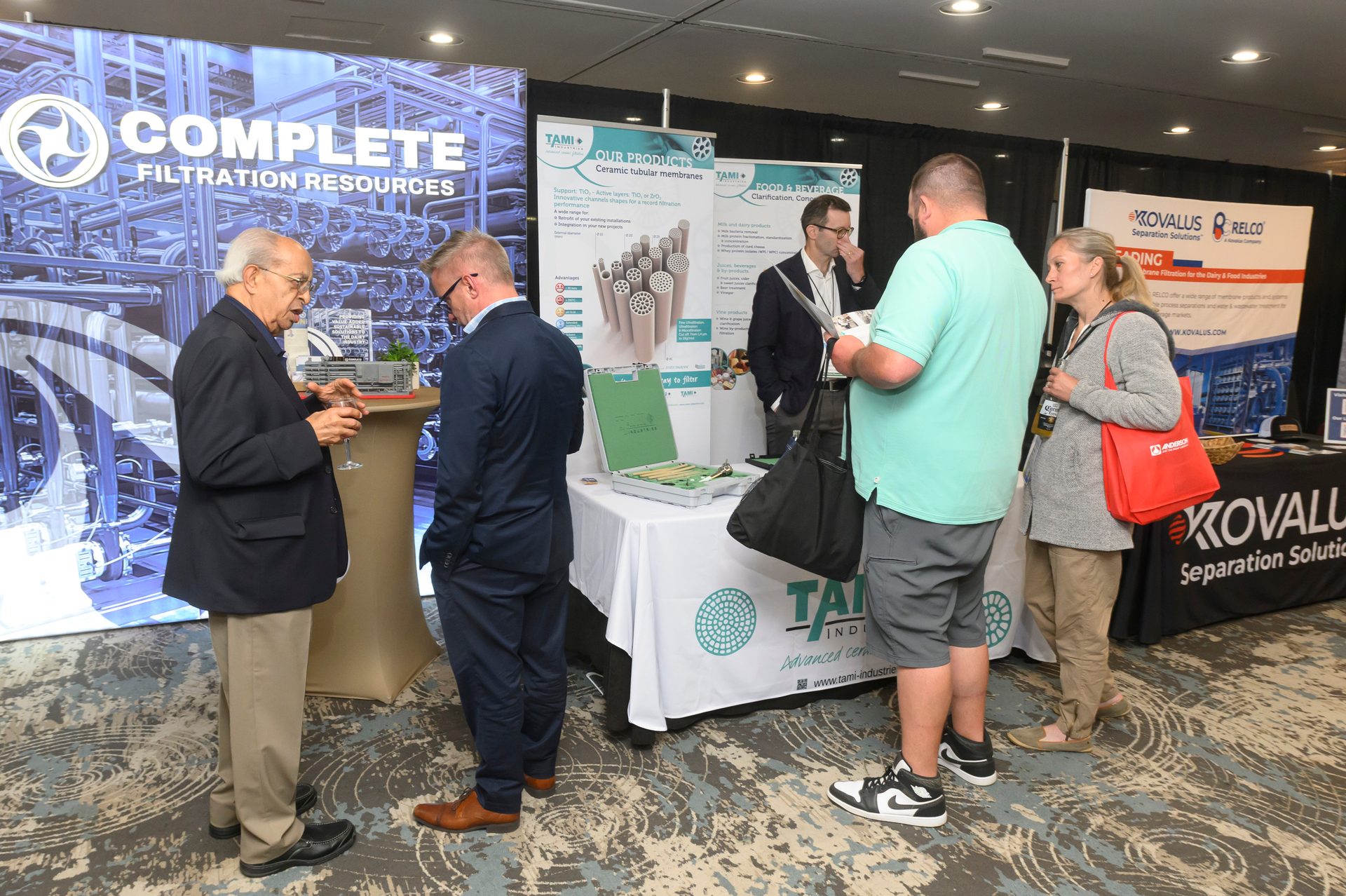
Photo courtesy of Robert Levy Photography.
One area of industry growth discussed in multiple sessions this year centers on the fascinating —and fast-evolving — area of precision fermentation, a biological proving ground for next-generation ingredient advancements. The market for precision fermentation will see tremendous growth in the coming years. Verified Market Research has valued the precision fermentation market at $1.6 billion in 2023, with expectations that it will grow to $34.2 billion by 2031. The ingredients produced via this technology can benefit from the purification, concentration, and other capabilities inherent to membrane processes.
Precision fermentation can facilitate ingeniously efficient ways of formulating everything from proteins and enzymes to sweeteners and beyond … even dairy-identical, “animal-free” whey, as seen in the Perfect Day partnerships with dairy’s various brands over the past few years, and most-recently in the Breyers Lactose-Free Chocolate launch from Unilever.
Whenever a pathway to innovation has both economic and environmental sustainability built into its foundation, it will entice many a traveler. DF
Breyers Lactose-Free Chocolate ice cream. Photo courtesy of Unilever/Breyers.

But the range of possibilities doesn’t stop with dairy. Membrane technologies have proven beneficial for processing a vast range of foods, beverages and ingredients, along with water treatment; treating source water for some application areas; and as a widespread solution for food processing wastewater treatment.
Part of the allure is the sustainability and overall efficiency that membrane technology processes bring to operations, including improved energy and water resource management.
Of course, new membrane installations aren’t always perfect from the start. The technicians, engineers and other innovators who tackle new membrane separation and filtration challenges work on the front lines of advancing the industry into new territory for food and beverage research and development. Seemingly impossible membrane-related problems arise, frustrating production and operational throughput. Even established membrane processes face the scrutiny of continuous improvement.
However, once the right membrane process, element, chemistry, flux and other factors come together to make a system hum with consistent repeatability from day to day, week to week, suddenly a new ingredient can sustainably come to market, catalyzing new product development ideation and expanding market possibilities. It’s a beautiful sight to behold.
The range of foods, beverages, and ingredients made possible, or improved upon, through membrane technology continues to grow. It’s always amazing to learn about the array of advancements the tight-knit technical community working in membrane technology brings to market every year, often presented through case studies at our annual event.